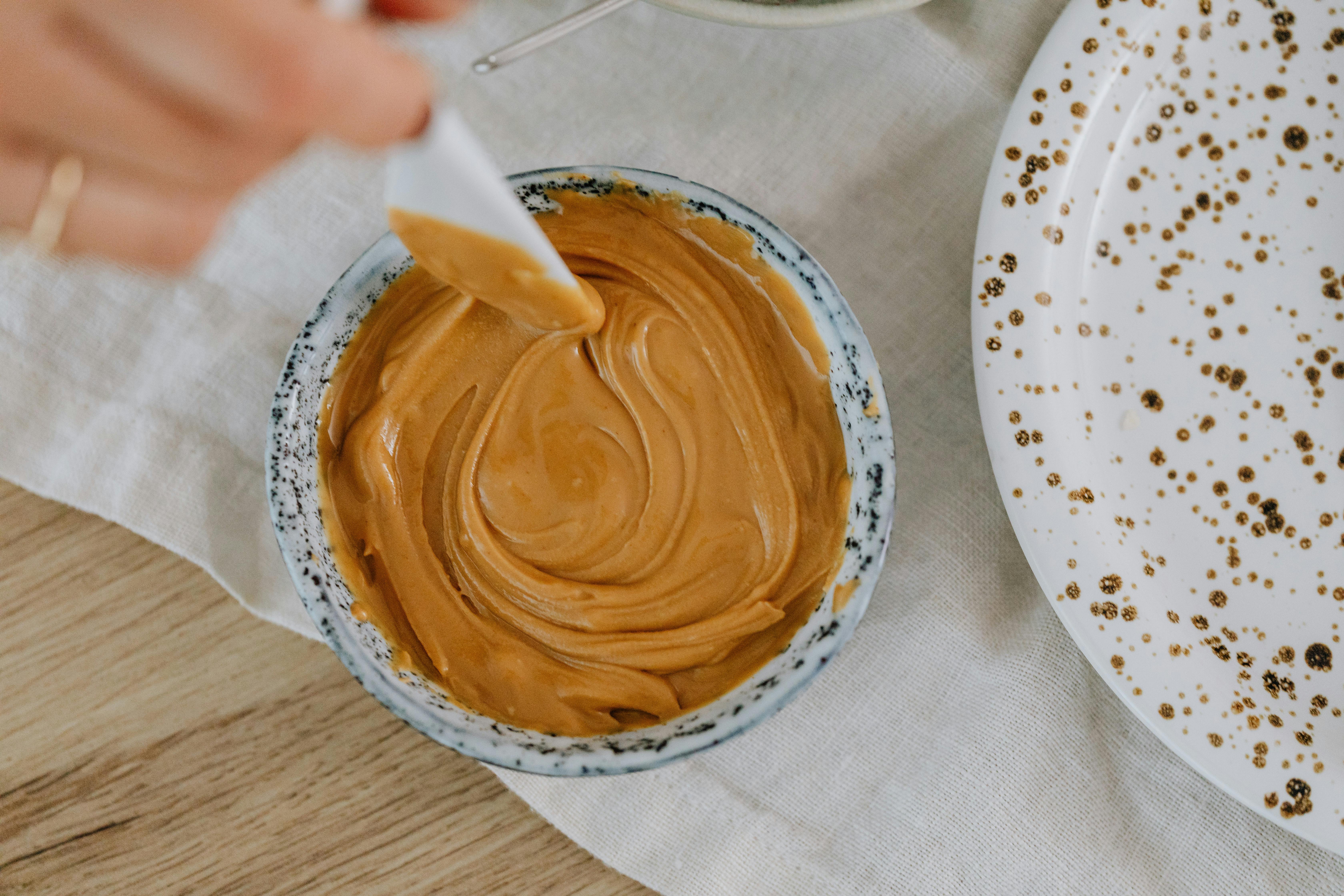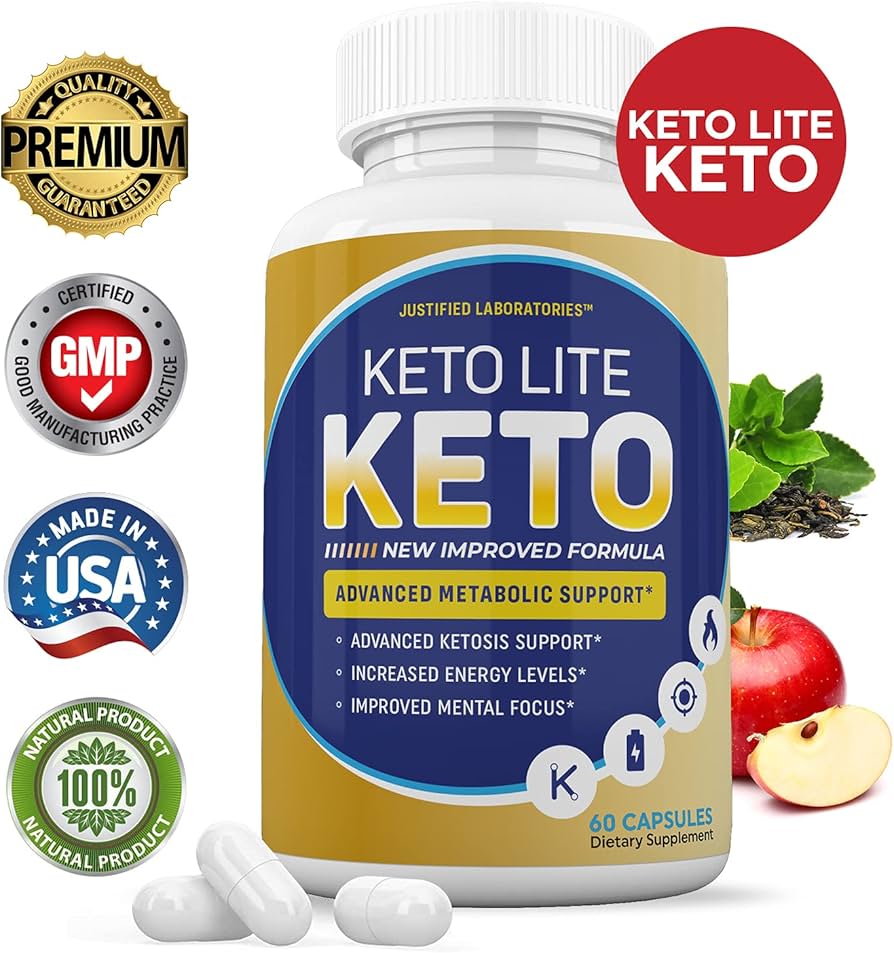How to Improve Your Keto Salsa for Modern Recipes

Essential Guide to Improving Your Keto Salsa Recipes
Salsa is a beloved condiment that offers a burst of flavor, and when tailored to fit a keto diet, it becomes even more versatile and exciting. With countless variations, from spicy to fruity, there's a keto salsa for everyone. This guide will explore how you can enhance your keto salsa recipes, making them perfect for everything from tacos to nachos, dips, and more.
In this article, expect to dive deep into various keto salsa recipes, including sugar-free, low-carb, and healthy options. The journey will cover tips for creating a fresh and zesty salsa, incorporating different ingredients, and exploring exciting flavor combinations for your next gathering or meal prep. By the end, you will be ready to impress your guests with your homemade keto salsa.
Key takeaways include practical recipes, ingredient recommendations, and expert tips to make your salsa not just delicious but also keto-friendly. Let’s get started!
Key Ingredients for Homemade Keto Salsa
Understanding the foundation of keto salsa starts with the ingredients. The right combination can significantly elevate your salsa, making it flavorful and satisfying without compromising your dietary goals.
Fresh Tomatoes: The Base of Any Salsa
Ripe tomatoes are essential for a fresh tomato salsa. Opting for garden-fresh or heirloom varieties enhances the sweetness and flavor of your salsa. When making your keto salsa, it’s important to know that tomatoes are naturally low in carbohydrates, making them an ideal base for your low-carb salsa recipes.
Tip: Choose tomatoes that are firm and fragrant for the best results. You can roast them for deeper flavor or use them fresh for a more vibrant taste.
Cilantro and Lime: The Flavor Boosters
Cilantro is a classic ingredient that adds freshness to your homemade keto salsa. Pairing it with freshly squeezed lime juice not only enhances flavor but also brings brightness to your dish. This combination is perfect for salsa without onions for those with dietary restrictions.
Expert Tip: If you're unsure about cilantro, use a small amount first, as its flavor can be quite strong. Lime juice also helps balance flavors, serving as a natural preservative.
Limit Ingredients with High Carb Counts
When creating a keto-friendly salsa, be cautious about your ingredient choices. Avoid high-carb additions, such as corn or beans. Instead, consider using bell peppers for a crunch and a bit of natural sweetness without straying from your low-carb goals.
Common mistake to avoid: Always check the nutritional information of any additional ingredients, such as spicy peppers or fruit-based ingredients, to ensure they fit within your daily carb limits.
Creative Variations of Keto Salsa
Building on a strong foundation is important, but creativity can turn a basic keto salsa into a party showstopper. Let’s explore some innovative ways to tweak your recipes.
Spicy Mango Salsa: A Sweet and Savory Delight
Mango salsa can be adapted for a keto-friendly version by using smaller portions of mango and pairing it with chopped jalapeños. This sweet and spicy salsa beautifully complements grilled chicken or fish, making it a perfect topping for low-carb tacos.
Pro Tip: For a lower-calorie option, use less mango and incorporate more low-carb vegetables like cucumbers to retain volume in your salsa.
Pineapple Salsa Keto Style
Pineapple salsa can be a refreshing addition to keto meals if made with careful ingredient choices. Opt for ripe pineapple and balance it with cilantro, lime, and crushed red pepper to elevate its flavor without overloading on carbs.
How to implement: Serve your pineapple salsa with grilled meats or as a bright condiment on keto-friendly burgers.
Roasted Salsa: Deep and Smoky Flavor
Roasting your vegetables before mixing your salsa can result in a deeper, richer flavor. Roast tomatoes, garlic, and jalapeños until charred, and mix with fresh cilantro for a unique twist.
Make ahead: Roasted salsa can be prepared in larger batches and stored in the fridge for up to a week, making it ideal for meal prep.
Simple Tips to Make Your Salsa a Keto-Compatible Treat
Mastering the art of salsa-making is about balancing flavors, textures, and ingredients. Let’s discuss strategies to elevate your keto salsa.
Adjusting Heat Levels
Incorporating heat into your salsa can enhance its appeal and complexity. If you love spicy salsa, try adding fresh jalapeños or even habaneros, depending on your heat tolerance.
Tip for varying heat: Start by adding small amounts and taste as you go, ensuring the salsa doesn’t become overwhelmingly spicy.
Experimenting with Texture
Texture is another critical aspect when preparing salsa. Combining chopped vegetables with pureed salsa can give you a delightful crunch along with smoothness. Try blending half of your salsa ingredients while leaving the rest chopped.
Result: This will provide that perfect mouthfeel that makes salsa exciting.
Using Avocados for Creaminess
Incorporating avocados not only adds creaminess to your keto salsa but also increases its nutritional value. Avocado salsa can be a great accompaniment to your brunch or as a dip for your favorite low-carb snacks.
Simple step: Just mash an avocado and mix it with your standard salsa recipe to create a creamy and satisfying dip.

How to Serve and Store Your Salsa
Building on the salsa recipes and variations, it’s vital to know how to serve and store your creations to maintain freshness and flavor.
Optimal Serving Temperatures
Certain types of salsa, particularly fresh ones, are best served cold. However, roasted salsas can be delightful warm. For serving at parties, keep your salsa chilled and consider a beautiful display.
Tip: Utilize ice packs under serving dishes for outdoor events, especially on warmer days!
Garden Fresh Salsa: Keeping your Ingredients Seasonal
Using fresh, seasonal ingredients can make a significant difference in the taste and quality of your salsa. Whenever possible, utilize produce from farmers' markets or your own garden.
Benefits: Not only is this fresh salsa delicious, but it can also be more nutritious compared to store-bought versions, which often contain preservatives.
Storing KBro Salsa for Longevity
To keep your homemade keto salsa fresh, store it in an airtight container. Most fresh salsas will last about five days in the fridge, while roasted varieties tend to last longer due to the cooking process.
Make it work for you: Divide your salsa into smaller batches for easier use throughout the week, making mealtime even more efficient.

Q&A: Common Keto Salsa Questions
When navigating the world of keto salsa, several frequent questions arise. Let’s address some of these to enhance your salsa-making skills.
What can I substitute for tomatoes in keto salsa?
If tomatoes are a concern, consider using finely chopped radishes or red peppers for a similar texture without the carbs of traditional tomato-based salsas.
Can I use canned tomatoes for my keto salsa?
Yes, canned tomatoes can be a great time-saver. Just ensure to choose varieties with no added sugars or preservatives.
Is salsa keto-friendly?
Absolutely! Most salsa recipes are naturally low in carbs, but it's crucial to check ingredients for added sugars to maintain keto compliance.
How do I adjust the thickness of my salsa?
To thicken salsa, consider reducing the liquid by cooking it down or straining excess juice. For a thinner consistency, add a bit of lime juice or ice to brighten the flavor.
What’s the best way to serve salsa at parties?
For gatherings, present your salsa in attractive bowls, pairing it with various dipping options like low-carb chips, vegetables, or even as toppings for grilled meats.
```